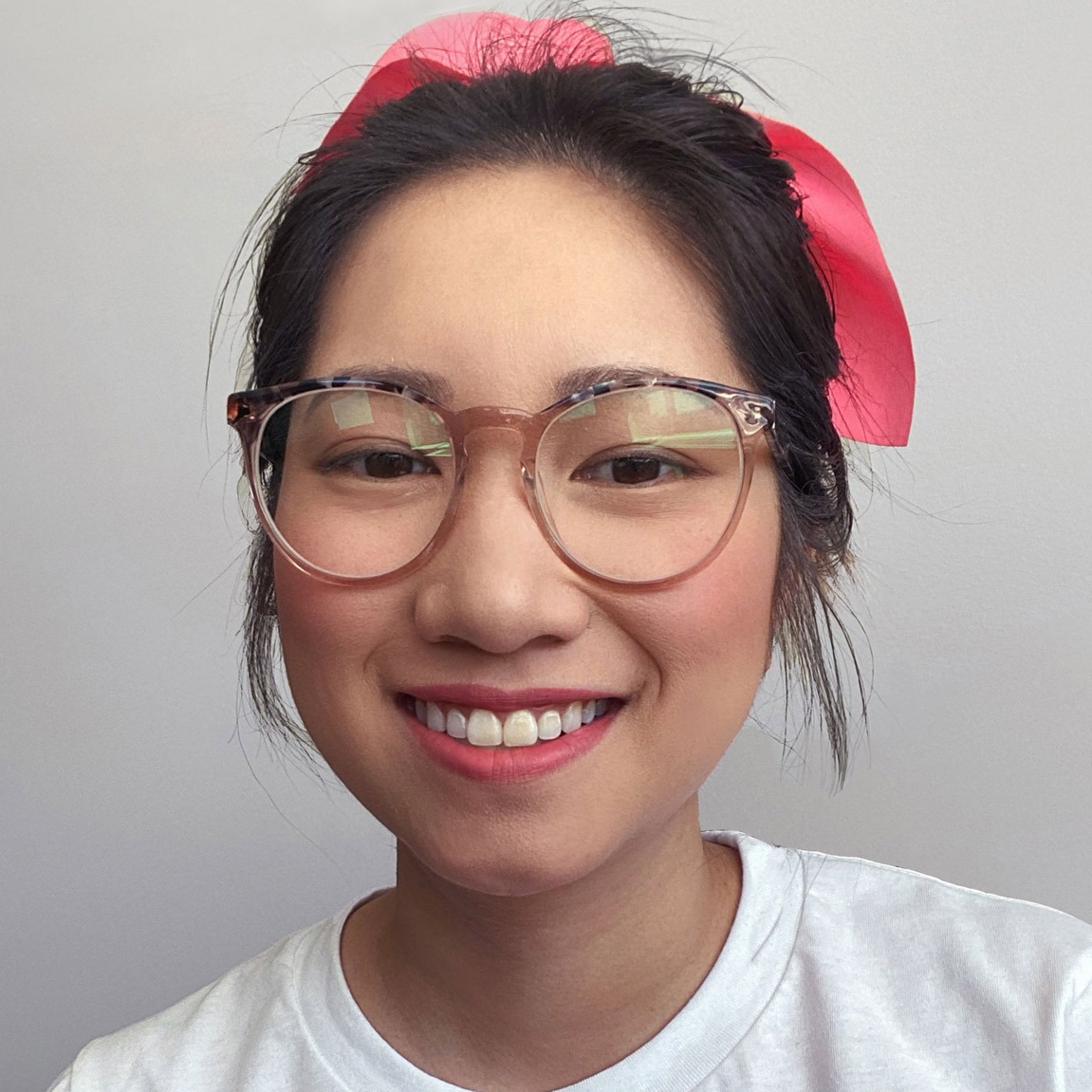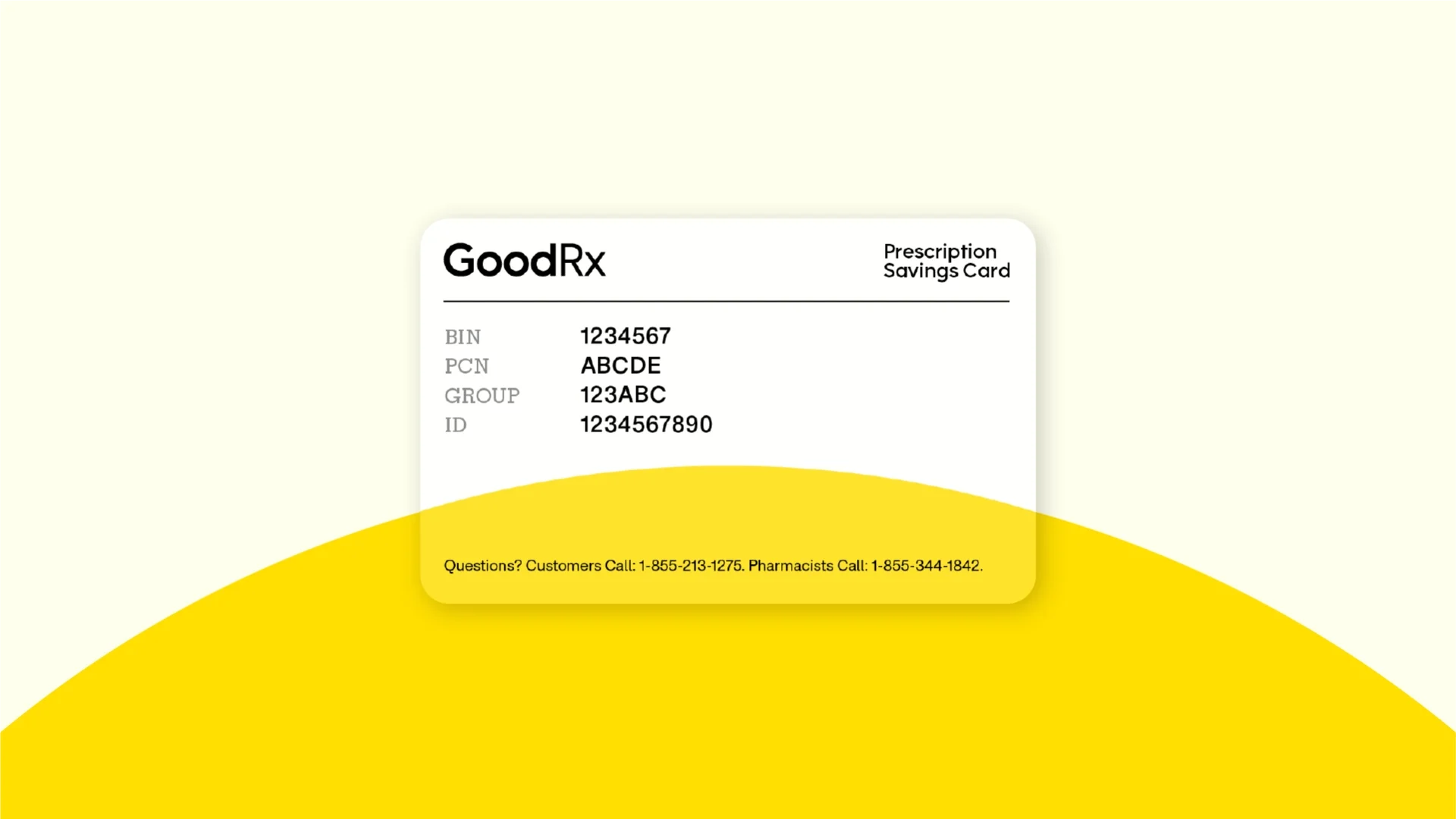Key takeaways:
GoodRx can help you save on several over-the-counter (OTC) products, including allergy medications, pain relievers, smoking cessation aids, and more.
To use a GoodRx coupon for an OTC item, you’ll need a prescription from a healthcare professional. This will allow the pharmacy staff to process the discount.
To get the discount, bring your GoodRx coupon to the pharmacy counter — not the store’s front register — so the pharmacy team can process it with your prescription. If your prescriber sent the prescription electronically, simply tell the pharmacy staff you’re there to pick it up and show them your coupon.
You probably know GoodRx as a go-to tool for saving money on prescription medications. But here’s a secret: it’s not just for prescriptions. With the right steps, you can also use GoodRx to cut costs on common over-the-counter (OTC) products. This includes items such as allergy medications, vitamins, and even diabetic test strips.
The catch? You’ll need a little help from a healthcare professional to unlock those savings. Don’t worry, it’s simpler than it sounds. Let’s walk through how it works.
What are OTC medications?
Over-the-counter (OTC) medications are medications that you can buy without a prescription from a healthcare professional. They’re used to treat everyday health concerns and are often the first thing people reach for when they feel a cold coming on, have an ache or pain, or need seasonal allergy relief.
Some common examples include:
Allergy medications such as cetirizine (Zyrtec) and diphenhydramine (Benadryl)
Pain relievers such as acetaminophen (Tylenol) and ibuprofen (Advil, Motrin)
Cold and flu remedies such as NyQuil (acetaminophen / dextromethorphan / doxylamine) and Mucinex DM (guaifenesin / dextromethorphan)
Heartburn and digestive aids such as omeprazole (Prilosec OTC), loperamide (Imodium), and bismuth subsalicylate (Pepto-Bismol)
Smoking cessation aids such as nicotine patches, gum, and lozenges
Diabetes supplies such as blood glucose (sugar) test strips and lancets
First aid products such as antibiotic ointments and hydrocortisone cream
Vitamins and supplements such as multivitamins, vitamin D, and fish oil
Even though you don’t need a prescription to buy these products, you may need one if you’d like to use GoodRx to save money on them.
Can you use GoodRx for OTC medications?
Yes, GoodRx can help lower the cost of certain OTC products. But you’ll need a prescription for the item in order for the pharmacy to process the GoodRx coupon. That means if you want to use a coupon for something like cetirizine or nicotine patches, you’ll need to ask your healthcare professional to send a prescription to your pharmacy. This step ensures the discount can be applied.
How to use GoodRx coupons for OTC products
Using GoodRx for an OTC product may sound tricky, but it’s easier than you think. Just follow these three steps and you’ll be ready to save at the pharmacy counter.
Step 1: Get a prescription
You don’t need a prescription to buy OTC products, but you do need a prescription to receive the GoodRx discount. Healthcare professionals often write prescriptions for these products for this reason. Just call your prescriber’s office and have them call or e-fax the prescription to your pharmacy. Bringing in a traditional, hard-copy prescription to the pharmacy is an option, too.
Prescription vs. OTC products: Learn about the differences between over-the-counter medications (OTC) and those that require a prescription from your healthcare professional.
Finding ways to save: GoodRx experts discuss how to pay less for OTC products with a prescription.
When prescription medications become available on the shelf: A process called the “Rx-to-OTC switch” transitions some medications from being prescription-only to OTC. See if any of your medications have made the jump.
Behind-the-counter medications: Some medications are kept behind the pharmacy counter and don’t require a prescription, but they typically have restrictions on who can access them.
Step 2: Find a GoodRx coupon
Look up the item you want to buy on GoodRx. Then, print, email, or text yourself the appropriate coupon. You can also download our free mobile app to pull up the coupon.
Want to skip the tech? Another option is requesting a free, physical GoodRx prescription savings card. Enter your mailing information online and the card will be shipped to your address. Proceed to show the card to the pharmacy staff when you pick up your prescription.
Step 3: Go to the pharmacy counter
Once you have your prescription and coupon, skip the regular checkout line at the front of the store and head straight to the pharmacy counter. That’s the only place where your GoodRx coupon can be applied.
Here’s what to do:
Tell the pharmacist or pharmacy technician you have a prescription for an OTC product and show them your GoodRx coupon (or physical GoodRx card, if you’re using one).
If your prescriber sent the prescription electronically, let the pharmacy staff know you’re there to pick it up and present your GoodRx coupon at that time. They’ll process it just like a regular prescription.
Let the pharmacy team ring up the transaction for you. They’ll gather the medication, and they’ll make sure the coupon is applied correctly and that you’re getting the lowest price available.
Why do you need a prescription for an OTC product?
The prescription isn’t about permission to buy the product — you could still purchase it without one. Instead, the prescription allows the pharmacy to process the coupon like they would for a typical medication.
The bottom line
GoodRx isn’t just for prescriptions. It can also help lower the cost of everyday over-the-counter (OTC) products. The key to how to use GoodRx for OTC products is having your healthcare professional write a prescription for the item so the pharmacy can process your coupon. Once you’ve got that prescription and a GoodRx coupon in hand, head to the pharmacy to start the process. With just a few extra steps, you can unlock meaningful savings on products you use every day.

Why trust our experts?


References
Berman, J., et al. (2024). How to save money on medicines. MedlinePlus.
Consumer Healthcare Products Association Clinical/Medical Committee. (2010). White paper on the benefits of OTC medicines in the United States: Report of the Consumer Healthcare Products Association’s clinical/medical committee. Pharmacy Today.












